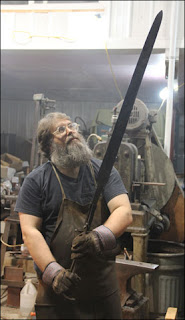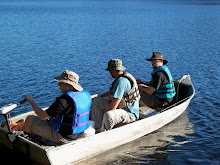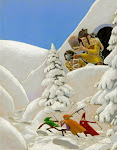This post comes from reading these articles here, here, and here.
Basically in the world of Tolkien, magic is part of the world and was involved in its creation. As the world became more "concrete" its ability to act in ways that don't seem to follow the laws of ordinary physics lessened. Immortal magical beings: elves, spirits, the semi-angelic "wizzards" and the "gods" can interact with magic fairly easily. However, these abilities have variable cost, and may take a split second to act, or could require years. They move at the pace of the "plot" and don't fall nicely into an RPG system.
I've seen several decent attempts over the years to replicate this style of magic, but in each case... the results contain more quantifiable, and direct magic than what you would see in Tolkien's books. In order to be easily used in an RPG, magic systems are typically quantifiable and contain in little packets of power with discrete costs associated.
Examples of systems outside this typical stereotype are S. John Ross' Hedge magic system, which might work well in a Tolkien type universe. Also, looser game systems like Risus or Fudge/FATE might be able to capture the spirit of tolkien magic due to their reliance on language instead of numbers. I've often thought a game set in Middle Earth or a facsimile of that world could be fun, but I was never sure how to handle the magical elements.
On Winning
-
For one, brief moment...in *this* moment...I feel like I'm on top of
things.
This is not a very common feeling for me; so much of the time I feel like
I'...
19 hours ago







